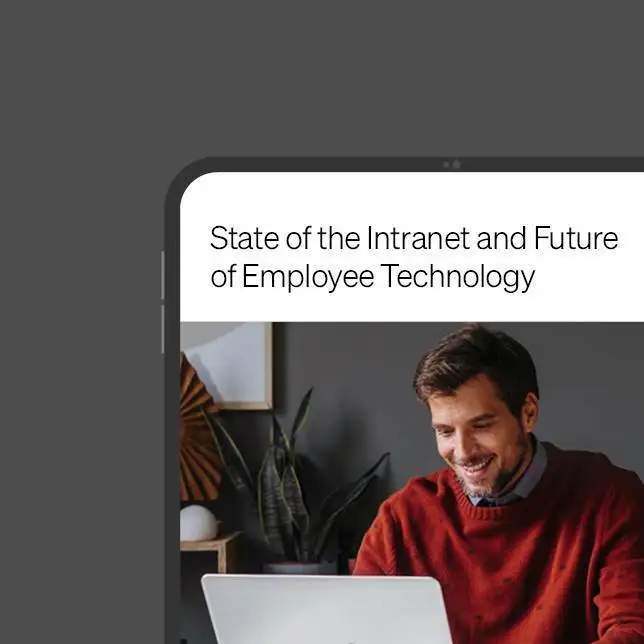In many organizations, the widespread use of social tools has a goal: to create an engaged community. Employee engagement isn’t something new, but combining the concept with social tools with employee engagement strategies have been a major organizational focus.
Social tools can help improve processes and will help to drive use, but not all users will be comfortable using blogs, contributing to discussions, sharing content or posting status updates. Realistically, you may need to make a few extra adjustments to encourage adoption of your intranet platform. Here are some employee engagement ideas that can help create an engaged employee community.

Here are some ideas to help improve employee engagement
Allow honest dialogue on the intranet
Intranets have traditionally been static environments, regarded by employees as top-down channels dominated by drab employee communications.
Thank goodness the era of modern intranets is now changing intranets for the better so they are much more dynamic and vibrant environments!
Make sure you enable your intranet to facilitate an honest and open dialogue. Allow people to comment and rate news items. Encourage open discussions where people feel comfortable giving their opinion.
The more your intranet becomes an open two-way channel, the greater the value it delivers. It makes content more engaging, helps to encourage an open and transparent culture, facilitates connections and allows senior management to derive valuable insights about how the employees are feeling.
Design community group sites around different needs
Different teams and communities can have very different needs. Project teams, departments, communities of practice, and even non-business groups might have differently designed areas. Some groups might need to be constantly sharing content and posting updates, while others might just need a place to store documents and have the occasional discussion.
You should design community sites to meet the specific needs of different groups and to improve the way each site works. If there are features of a site which work well in one area, try and replicate them for another group. Turn off any functions that teams may not need.
Optimize spaces for individual teams and communities by designing sites around the way they work, rather than the technology on offer or a “one size fits all” approach.
Manage a community of community managers
One of the challenges of social intranets is to make sure that high-quality interactions within community areas keep on flowing. To enable this, each community group will need a community manager.
Actively work with your community managers to keep them engaged and to encourage best practices. By having regular web conference meetings, creating a dedicated site for resources and discussions, and even running social events, you can help to influence the quality of conversations within each group.
Having regular check-ins with the group allows you to promote community management techniques, run training, communicate any changes, and encourage community managers to share knowledge and tips.
Get management to lead by example
Sometimes there is a reluctance from individuals to use social features because they are worried it is not seen as a “legitimate” business activity.
Having managers using your social intranet encourages use within teams, demonstrates endorsement and effectively gives “permission to play”.
Ideally, “leading by example” on the modern intranet should start at the very top with senior managers or even the CEO. However, there will be some senior leaders and managers who will be uncomfortable using the modern intranet or will not have enough time to contribute.
Focus on managers who are supportive, or coach the ones who are curious so you have some inspiring examples to refer to.
Encourage non-business groups
Although workplaces need to be business-focused, they should also be fun!
A social intranet is a great place for employees who share common interests to socialize and interact. Typical non-business groups who use social intranets include those in hobby-based groups, such as photography clubs, or those looking for specific areas to swap recipes or travel tips.
Actively encouraging non-business groups to use your intranet has many advantages, including:
• Driving a sense of community in the company
• Making the social intranet more engaging and less “corporate”, thereby driving adoption
• Getting people accustomed to using social tools who may not necessarily have used them before
• Facilitating connections and networking that may have business value
You can also encourage user-generated content in other ways, including running photo-of-the-day competitions or simply featuring news about employees and their life outside of work.
Employee engagement top takeaways
- Allow honest dialogue on the intranet
- Design community group sites around different needs
- Manage a group of community managers
- Get management to lead by example
- Encourage non-business groups













